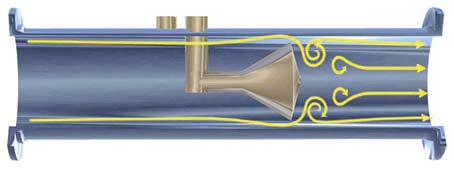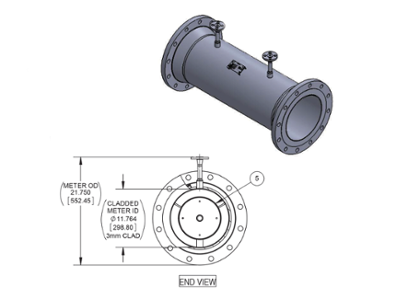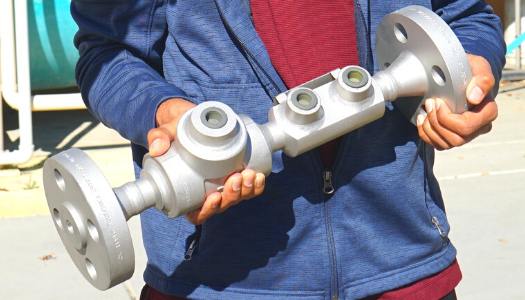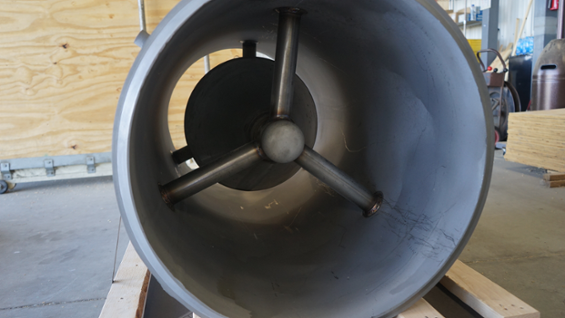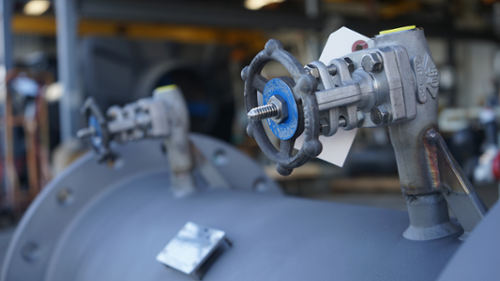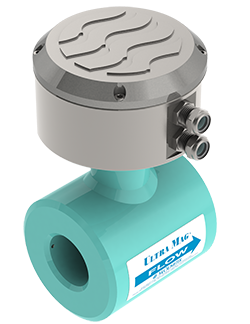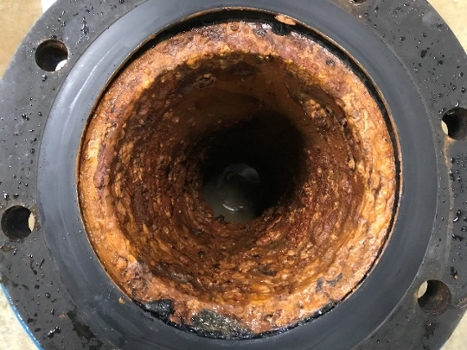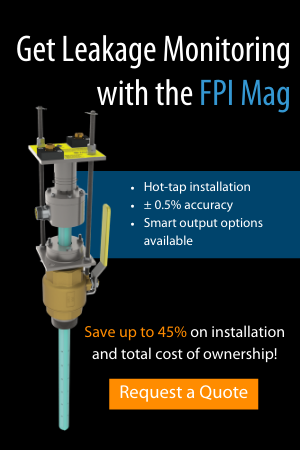Contrary to the popular Beach Boys song, vibrations aren’t always good – especially when they interfere with the functionality of your flow meter. In busy spaces where neighboring equipment gives off varying frequencies, having a flow meter that can mitigate...
